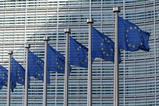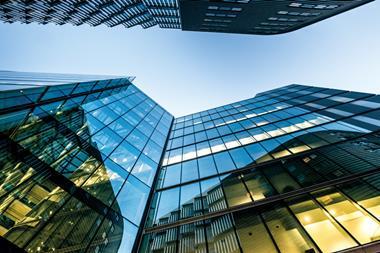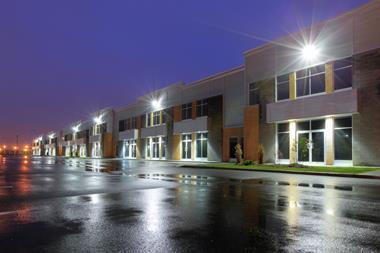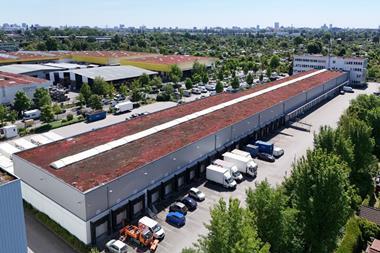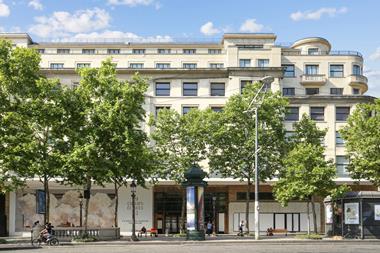Asia-Pacific investors have become the primary source of capital for global real estate markets, as European pension funds and insurers withdraw from the market, according to the latest capital-raising survey by real estate associations ANREV, INREV and NCREIF.
More than a third (35%) of capital raising globally for private real estate investments in 2022 came from Asia-Pacific investors, while the contribution from European investors shrank to 30% – from 41% in 2021.
It is the first time in six years that European investors have failed to dominate global real estate capital markets – in 2016, North American investors were responsible for the greatest share of capital raising.
The finding supports the conclusions of the associations’ previous investor survey on investment intentions, published at the start of the year, which found that European investors were more likely to be over-allocated to private real estate – following falls in listed markets – than their global counterparts.
The investment intentions report found that, unlike North American and Asia-Pacific investors, European institutions on average planned to decrease their weightings to real estate, having overshot their target allocations. In contrast to European investors, Asia-Pacific institutions were substantially under-allocated to real estate, with an average exposure of 6.3%, two percentage points below their target of 8.3%.
On publishing the capital-raising survey, European real estate association INREV also attributed the latest findings to actions of central banks in different regions.
“The shift is largely the result of differing monetary policies and the fact that Asian Pacific investors are more under-allocated to real estate than their peers,” INREV said.
“Central banks in the US and Europe tightened their monetary policies while monetary conditions across the Asia-Pacific region are looser, which has had a direct impact on allocations, due to the denominator effect.”
For the first time in the annual capital-raising survey, less than half of the capital raised came from pension funds and insurers, which dominate the European institutional capital markets. Sovereign wealth funds and government institutions, which dominate Asia-Pacific, represented 15% – the highest share on record for the group.
Global capital raising overall fell from €254bn in 2021 to €246bn. INREV said the modest fall of €8bn from the record high the year before showed “activity remained strong despite the uncertain market conditions”, but said it was likely to be a result of a strong first half of 2022, before interest rates began to rise.
Capital raised in 2022 decreased for all three regions – Europe, Asia-Pacific, and North America – but remained broadly in line with the long-term annual averages, INREV said.
Investment vehicles with global strategies were the only category to see a rise in capital raised, with an increase of €8bn to €64bn in 2022.
Expectations for future capital-raising have moderated, according to the latest survey. Over the next two years, a lower number of market participants (62%) are expecting to maintain or increase capital raising activity – down from 75% in 2021 (75%).
The number of respondents expecting to decrease their capital raising activity in the next two years is the highest since 2018, at 8% for 2022.
Iryna Pylypchuk, INREV’s director of research and market information, said: “Sharp market deterioration and the contrast in global real estate performance highlights 2022 as a year of two halves, with the sentiment deteriorating as we moved into 2023.
“While the asset class has a long-term investment horizon, it’s clear that ongoing market uncertainty is now negatively impacting the near-term capital raising outlook.
“This survey reveals the rapid shifts in preferences as markets undergo fresh shocks and uncertainty persists. The rise of Asian Pacific capital on the global playfield stands out.”
To read the latest edition of the latest IPE Real Assets magazine click here.








